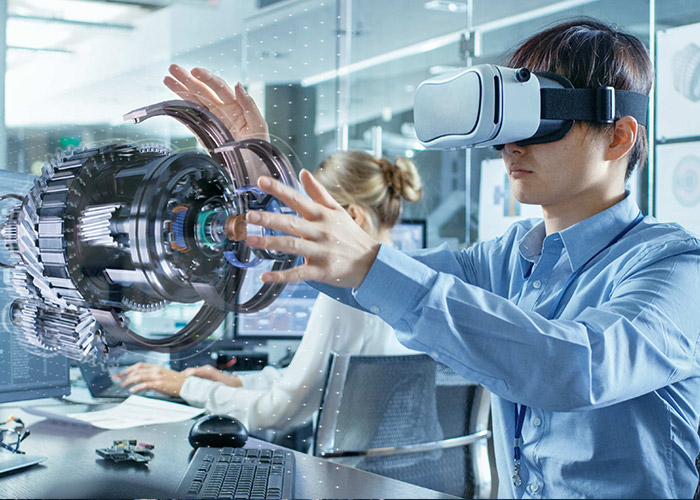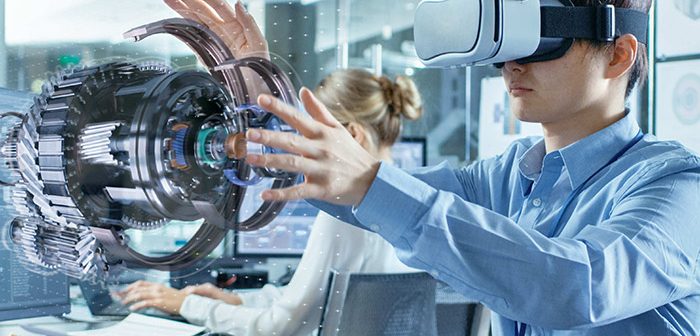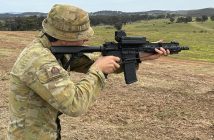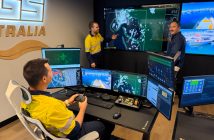
A university professor working on the development of virtual reality (VR) and augmented reality (AR) platforms says a virtual and robotic revolution in Australia’s mining industry could spell the end of fly-in-fly-out (FIFO) workers within decades.
Virtual and augmented reality, along with automation, are transforming the mining sector, says UniSA Professor Tom Raimondo. They allow more work to be done remotely, saving time and money and removing many of the risks and travel for workers.
As the Dean of Programs for Information Technology and Mathematics at UniSA, Raimondo is developing VR and AR platforms to enhance core logging with machine learning, create fully digital reconstructions of mining operations, and even simulate the drilling process.
“Globally, it is becoming more difficult and more expensive to discover new mineral deposits because they are deeper than ever,” says Raimondo. “It is also more difficult to extract and process minerals. VR and AR platforms give us a better way to visualise and interpret highly complex data and spatial information and make good decisions about where we should be targeting our exploration efforts. In terms of training workers, it also removes the hazards. Mining is inherently dangerous, so the more we can transition to autonomous systems, the better off the mining industry will be.”
The MinEx CRC, the world’s largest mineral exploration collaboration, has facilitated much of Raimondo’s work. This includes projects such as the RoXplorer digital twin, an ultra-realistic simulation of the drill site of the future, and the Exploration Metaverse, a collection of immersive AR and VR platforms for collaboratively viewing and analysing complex mining data with colleagues and experts from across the world in real time. The RoXplorer digital twin, which replicates a drill site and its operations, enables industry workers to virtually run repeated drilling simulations safely and efficiently with zero environmental impact.
In collaboration with UniSA’s Australian Research Centre for Interactive and Virtual Environments (IVE), Raimondo’s Project LIVE team is also exploring the potential of digital twins for other industries involving hazardous processes, including forestry, construction and fire management services.
Raimondo explains that these technologies will enable zero-entry mining, where all operations are done remotely, and the miners of the future will interact with digital twins and autonomous robots rather than rock cuts and blast sites.
“This technology is improving all the time,” says Raimondo. “If you think back to even ten years ago, we almost exclusively relied on desktop computers or even pen and paper to interpret data. It was often clunky, slow, and done out of context. Now we’re integrating VR headsets, mobile phones and wearable technology like AR goggles to do this analysis much more rapidly and doing it in situ, with data informing our decisions every step of the way.”
“Instead of being constrained to a small desktop display, keyboard and mouse, we now have the full 360 degrees of our surrounding environment to interpret things more accurately and intuitively, freeing up our hands, giving us space to think, and engaging our brain in a different way. It’s a very exciting future.”






